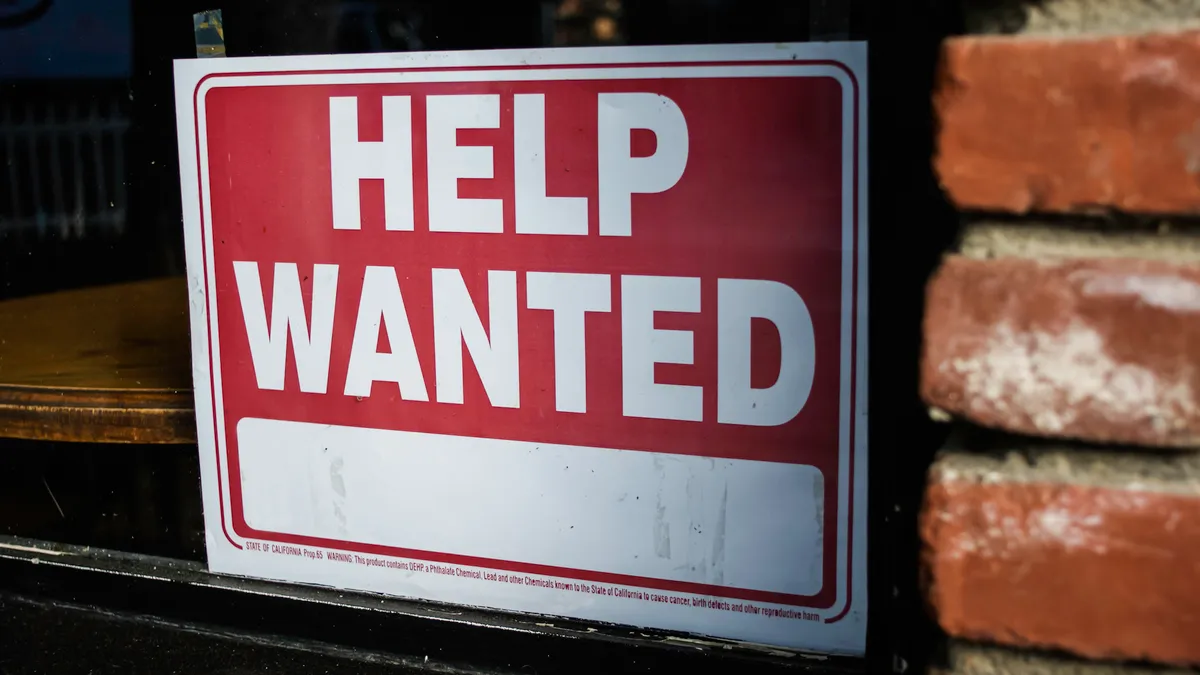Dive Brief:
-
Staffing challenges persisted as schools entered the 2023-24 school year, with 86% of public schools reporting difficulties hiring teachers and 83% finding it hard to hire nonteaching staff, according to new data from the National Center for Education Statistics.
-
Special education remained among the most difficult teaching positions to fill this fall, with physical science and foreign language following behind. For nonteaching staff, the hardest-to-fill positions included classroom aides and transportation and custodial jobs.
-
Despite ongoing challenges, a smaller percentage of U.S. public schools reported feeling understaffed compared to the start of last school year, 45% versus 53%.
Dive Insight:
Going into the 2023-24 school year, the schools reporting less understaffing year over year were low-poverty schools and those serving the lowest percentages of students of color. Others reporting feeling less understaffed include elementary schools, large schools, suburban schools and schools in the West.
On the other hand, schools in high poverty-neighborhoods and those with more than 25% students of color didn't feel significantly less understaffed.
High-poverty schools also reported understaffing at a higher rate than the overall national average as the 2023-24 school year started.
In the 2022-23 school year, these high-poverty schools had also anticipated more teaching vacancies than other schools.
“Although we see a somewhat smaller share of public schools starting the new academic year feeling understaffed, the data indicate the majority of public schools are experiencing staffing challenges at the same levels they did last school year,” said NCES Commissioner Peggy Carr in a statement on Tuesday.
The top hiring challenges schools cited this year mirrored those of last year: too few candidates overall, a lack of qualified applicants, and candidates turning down offers because of unsatisfactory salary and benefits.
At the same time, significantly fewer teaching candidates turned down job offers for reasons other than salary.
Schools have tried a number of tactics to address staffing shortages over the years, including hiring virtual educators and strategic pay.
States in some cases have allowed schools to grant temporary teaching certificates to military personnel and veterans without bachelor's degrees and have addressed other barriers to the teaching profession like licensing exams.
While properly staffing schools has been a longstanding concern, it became especially worrisome for educators in light of the pandemic, which triggered academic and social-emotional lags in children and youth. For instance, a report released in July by the Center on Reinventing Public Education cited staffing shortages, combined with scant teacher training, as stifling academic recovery.






 Dive Awards
Dive Awards






